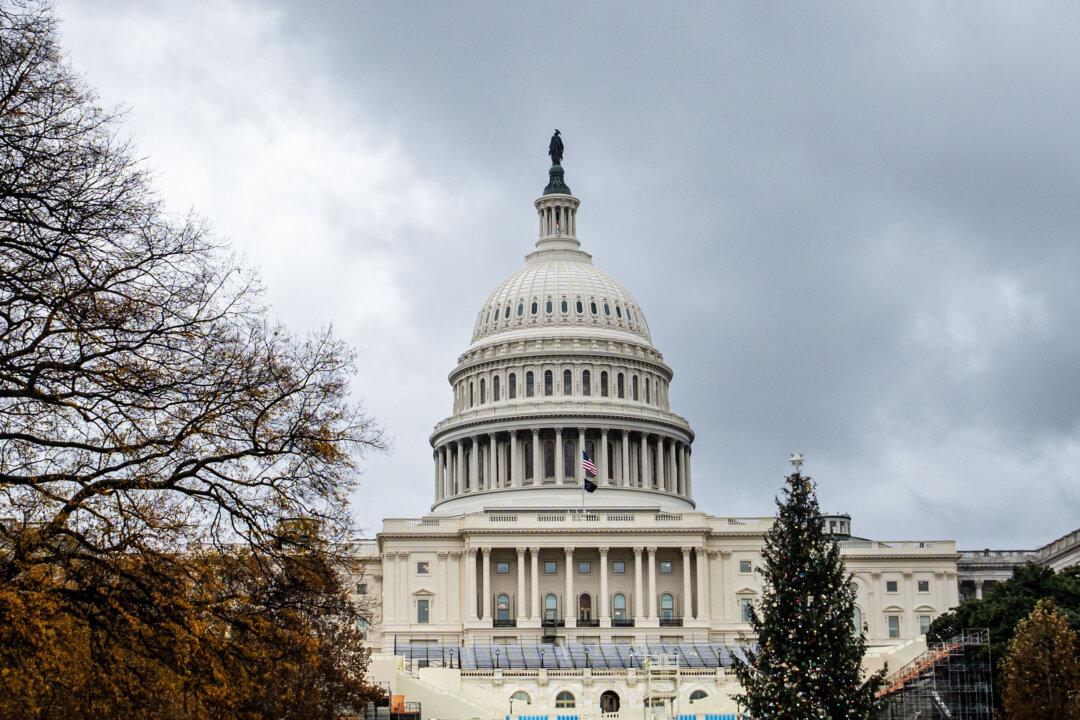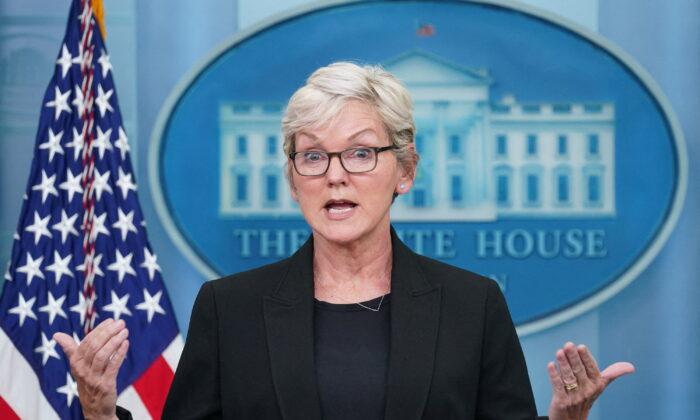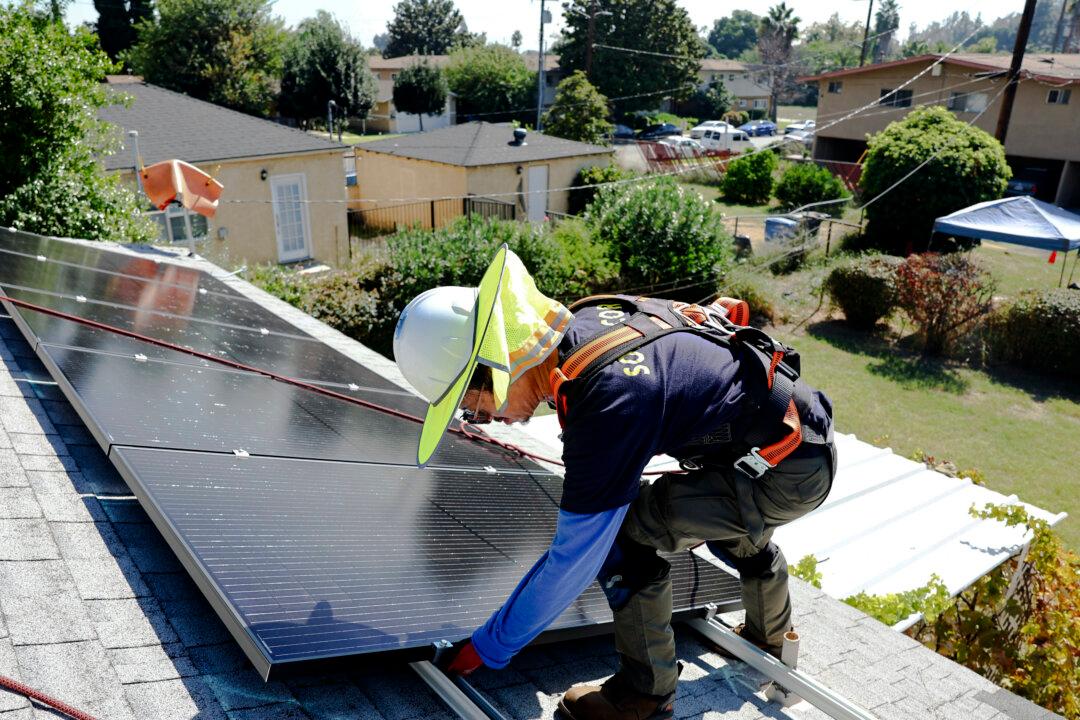A new indicator of supply-side constraints developed by Bloomberg Economics indicates that U.S. supply shortages remain close to a 20-year high.
It’s a similar case in Europe, with the August eurozone supply constraint indicator at a 20-year high of 3.16, up from 2.87 in the prior month and 2.67 the month before that.
A separate indicator that looks at U.S. category-level shortages paints a similar picture, with September 2021 data showing a slight easing in supply-side shortages—though still in deficit—in areas like the labor pool, backlog of orders, and supplier deliveries.
The figures suggest a persistent supply crunch, with producers apparently caught off-guard by a sharp rebound in demand after cutting materials orders at the height of the pandemic.
The ISM’s headline index of national factory activity slipped to a reading of 60.8 in October from 61.1 in September. While the downtick represents a slight reduction in overall manufacturing activity, readings above 50 represent growth, so the data point shows the sector continued to expand, though at a slightly slower pace.
At the same time, the new orders index fell from 66.7 in September down to 59.8 last month. That’s the lowest reading for the measure since June of last year.
Many of the businesses surveyed by the Institute of Supply Management said they continue to deal with an unprecedented number of hurdles to meet growing demand. This includes record-long lead times for raw materials, difficulties transporting goods, and staffing troubles.
The ISM’s prices index, a measure of producer price inflation, rose 4.5 percentage points in October to a reading of 85.7. That’s the 17th consecutive month of factory price increases.
Meanwhile, a recent Reuters poll of over a hundred economists showed further supply chain disruptions, COVID-19 flare-ups, and central bank missteps are the top risks to the world economy in 2022.
The poll comes as supply chain disruptions have rattled markets and put consumers on edge, driving up producer costs and consumer prices. The surge in consumer inflation has put pressure on central banks to start dialing back loose monetary policies, though some policymakers fret that patches of weakness remain in the economic recovery, particularly in terms of labor markets.
The total number of unemployed persons in the United States now stands at 7.7 million, and while that’s considerably lower than the pandemic-era high, it remains elevated compared to the 5.7 million just prior to the outbreak. The unemployment rate, at 4.8 percent, also remains above pre-pandemic levels.





